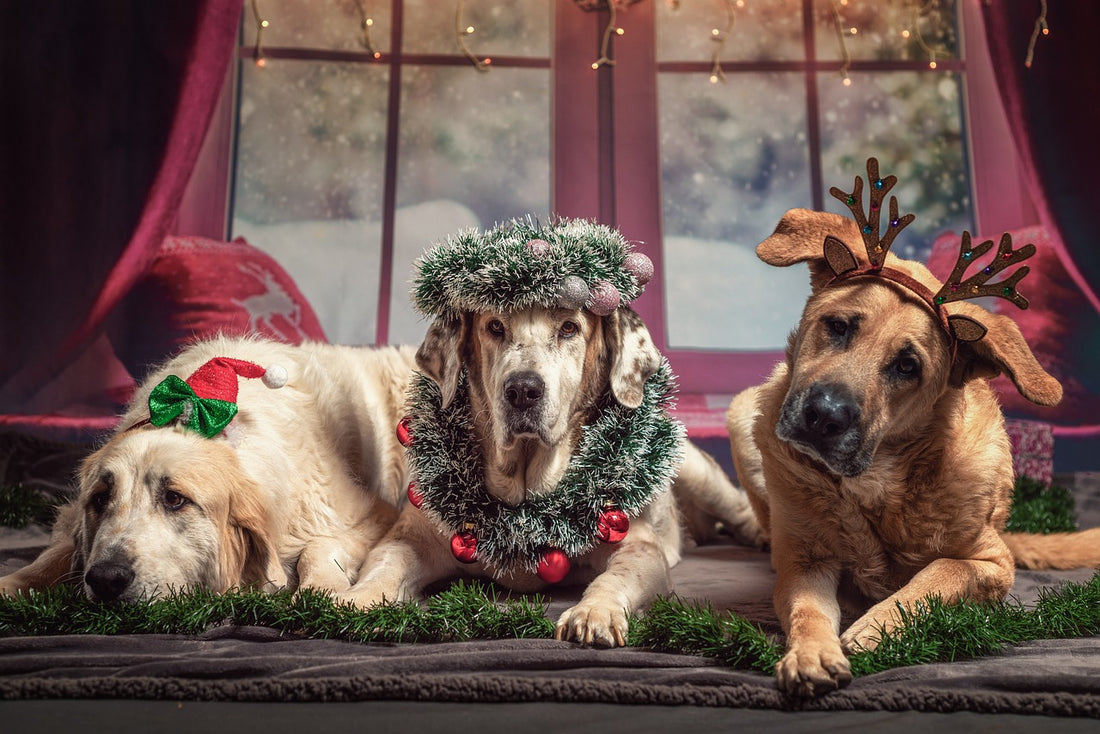
Keeping Your dog Safe during the Holidays
Share
Introduction
The holiday season is a time of joy and celebration, but it can also bring unique challenges for dog owners. With the influx of visitors, festive decorations, and tempting treats, it's crucial to ensure our canine family members stay safe and comfortable. This guide offers practical tips to help you navigate the holiday hustle and bustle with your canine companion.
Understanding the Risks
The holidays introduce several potential hazards for dogs. Increased foot traffic means more opportunities for your pet to slip out unnoticed. Decorations can be intriguing but dangerous, and rich holiday foods can pose health risks to dogs. Recognizing these hazards is the first step to preventing accidents.
Preparing Your Home
Dog-Proofing Decorations: Secure your Christmas tree and avoid using fragile ornaments at tail-wagging height. Tinsel, if ingested, can cause intestinal blockages, so it's best avoided.
Creating a Safe Haven: Designate a quiet room or a comfortable area where your dog can retreat from the noise and crowd. This space should have their favorite bed, toys, and water.
Managing Visitors and Gatherings
Introducing New People: If your dog is shy or anxious, introduce them to visitors gradually. Inform your guests of any rules, like not feeding the dog table scraps.
Handling Anxiety: During parties, regularly check on your pet. Consider using calming aids like pheromone diffusers if your dog gets easily stressed.
Food Safety and Dietary Concerns
Dangerous Foods: Educate yourself on holiday foods that are toxic to dogs, such as chocolate, grapes, and certain nuts. Keep these out of reach.
Dog-Friendly Treats: Have a stash of dog-safe treats handy, so your pet doesn't feel left out during feasting times.
Exercise and Routine
Maintaining your dog's regular routine is vital. Regular walks and feeding times provide a sense of security and help manage energy levels and stress.
Emergency Preparedness
Know the Signs: Learn the symptoms of distress or illness in dogs, such as vomiting, diarrhea, or lethargy.
Emergency Contacts: Keep contact information for your veterinarian and the nearest emergency animal hospital readily accessible.
Conclusion
The holidays can be a fun time for you and your pet with the right preparations. By understanding the risks and taking steps to mitigate them, you can ensure a safe and enjoyable season for everyone.